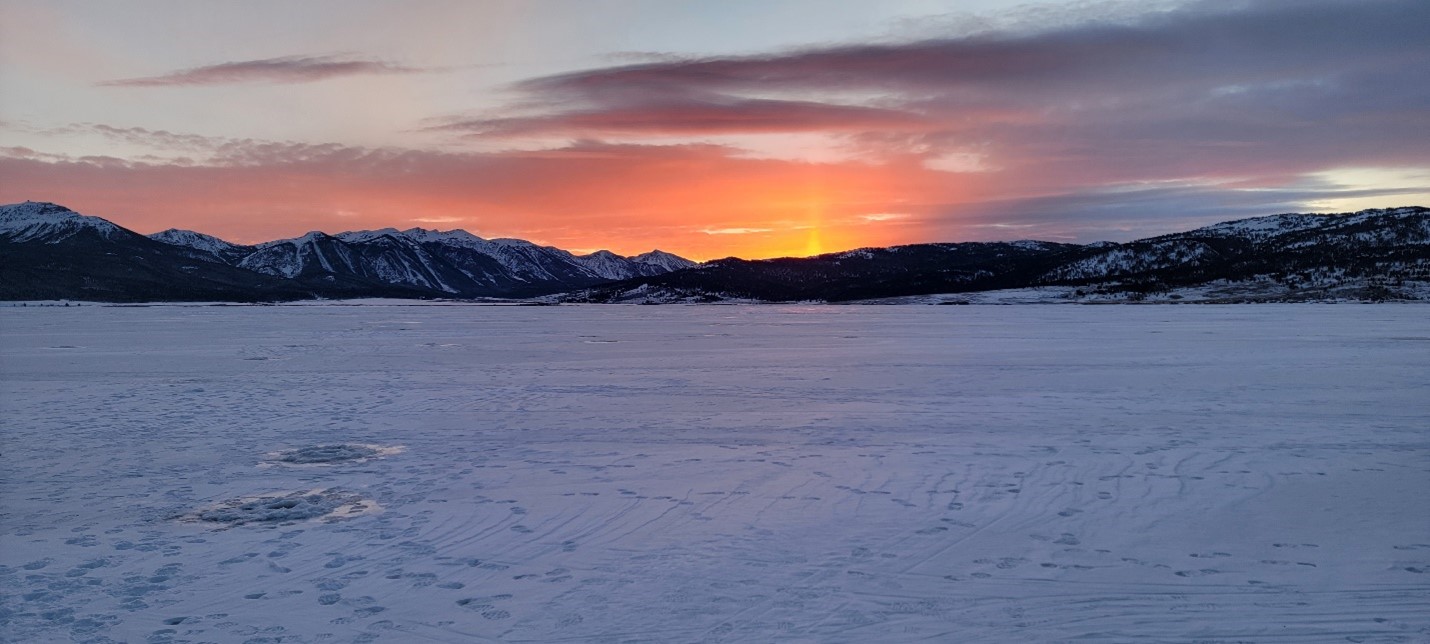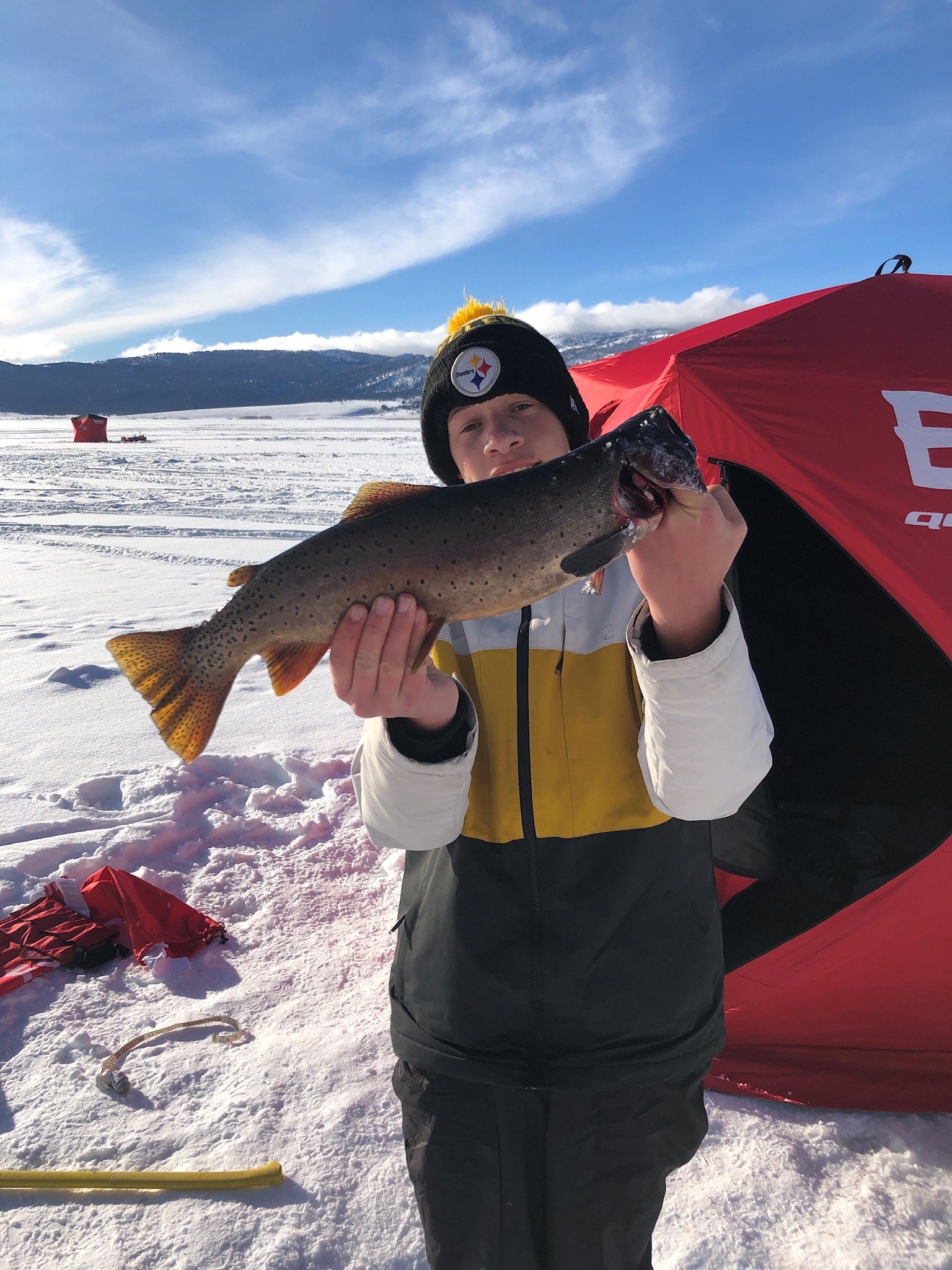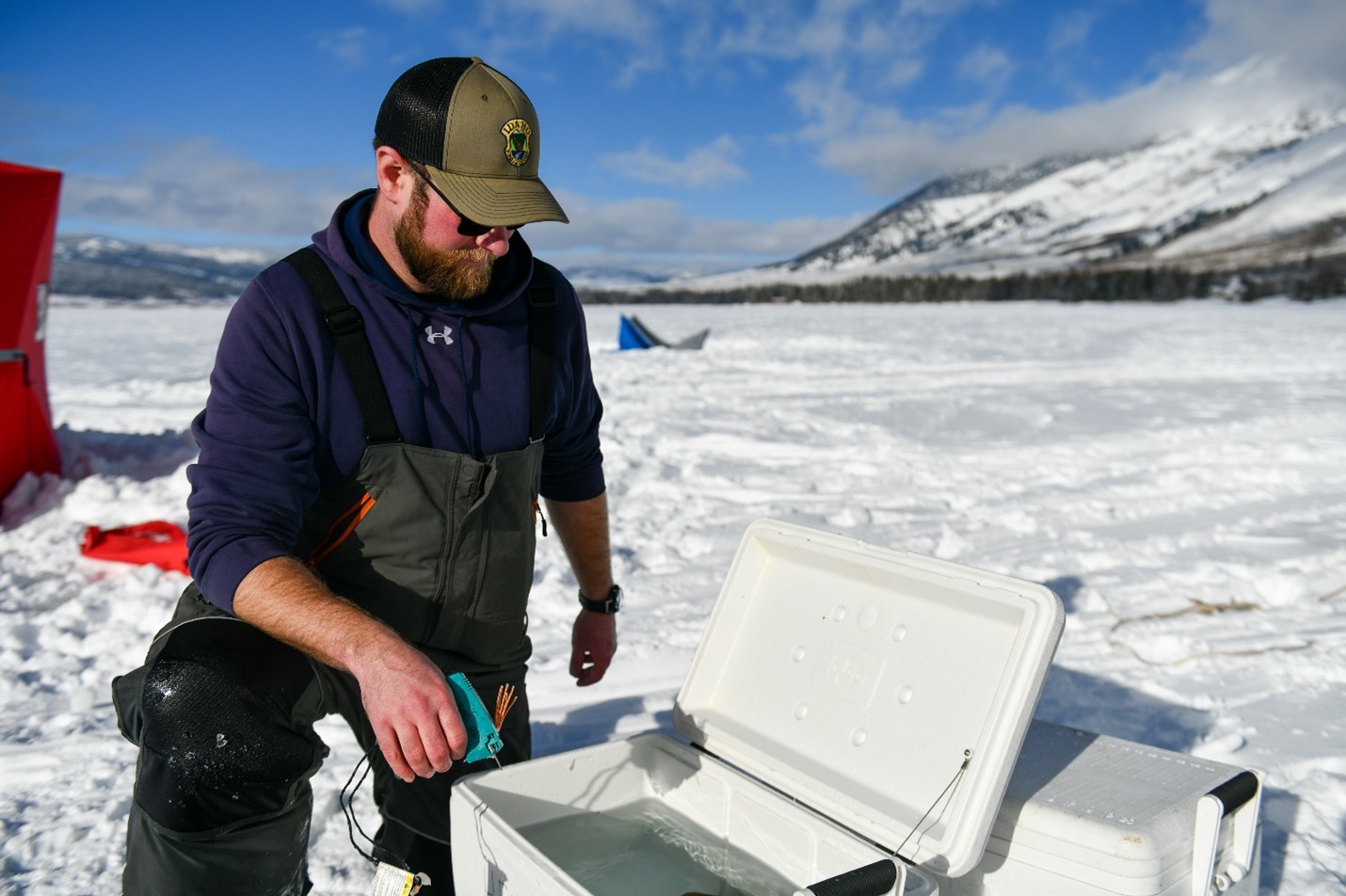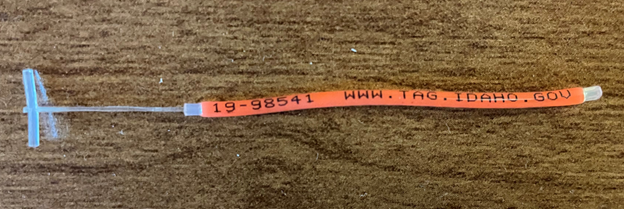This is starting to become a trend here lately, but we have yet ANOTHER new state record fish from Henrys Lake! On New Year’s Day, young Spencer Smith caught the new certified weight state record Yellowstone Cutthroat Trout out of Henrys Lake, weighing in at 2.88 lbs, and measuring 20 in. Congrats, Spencer!









